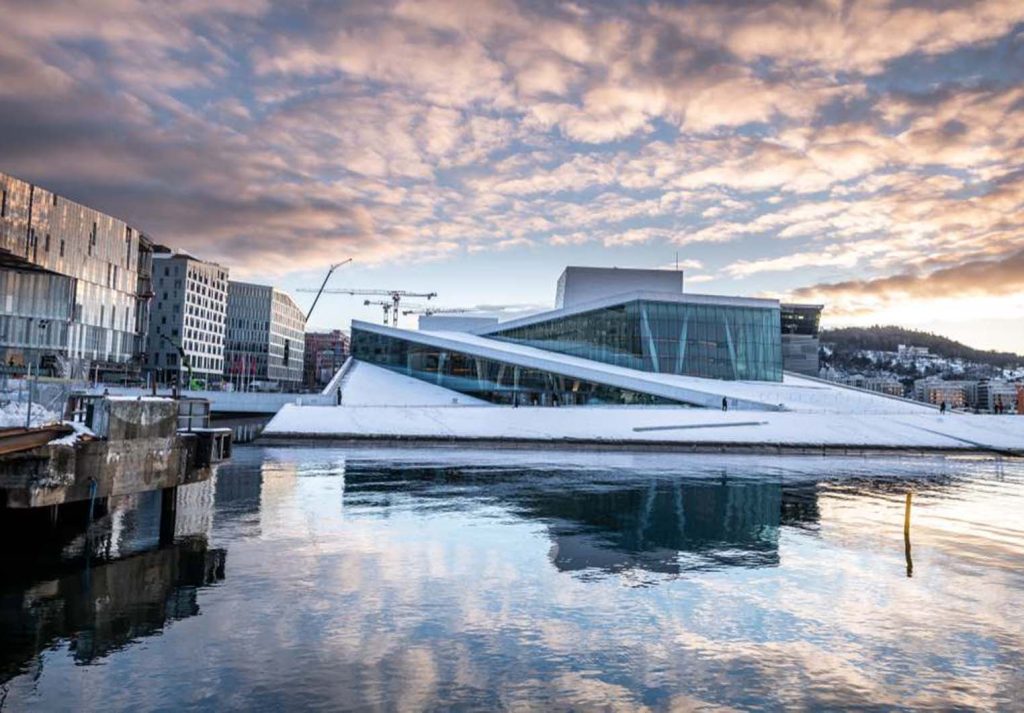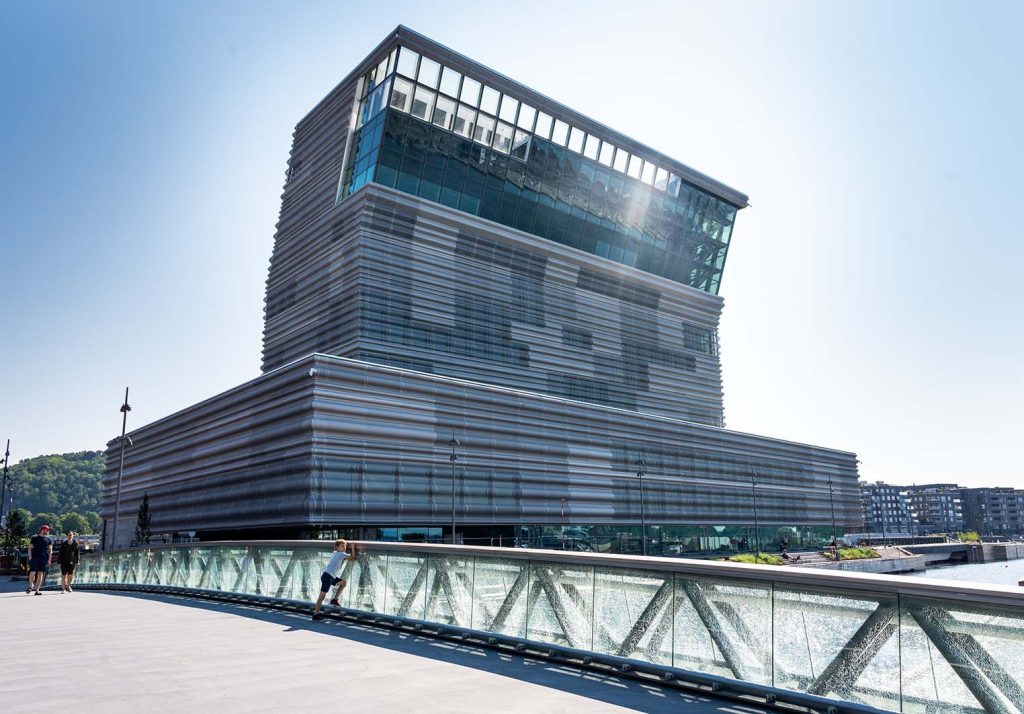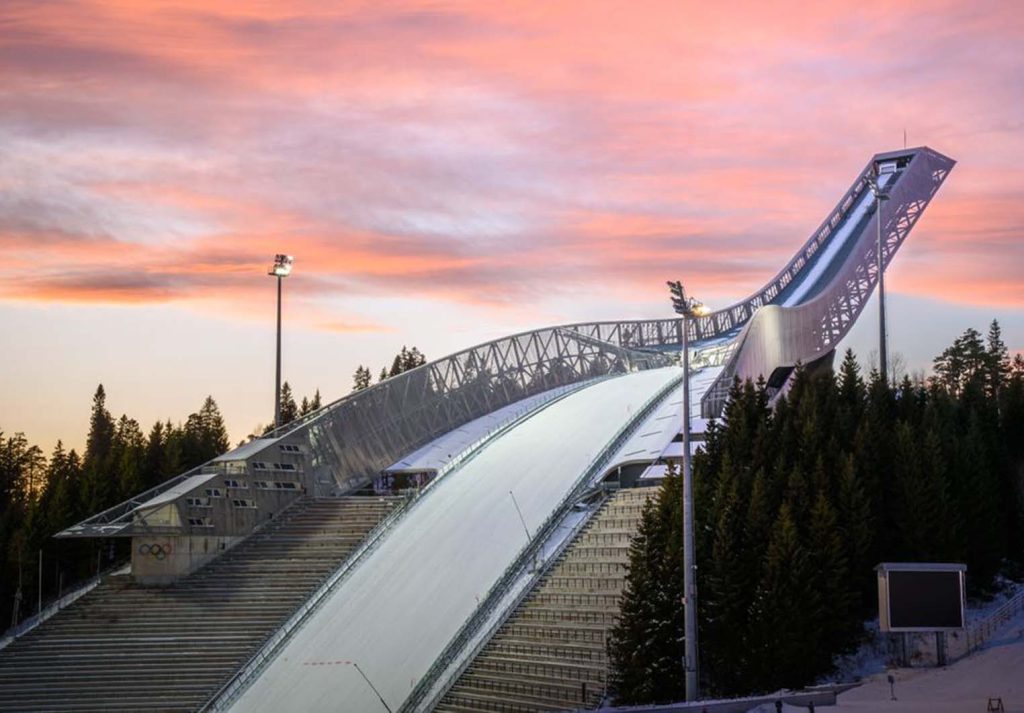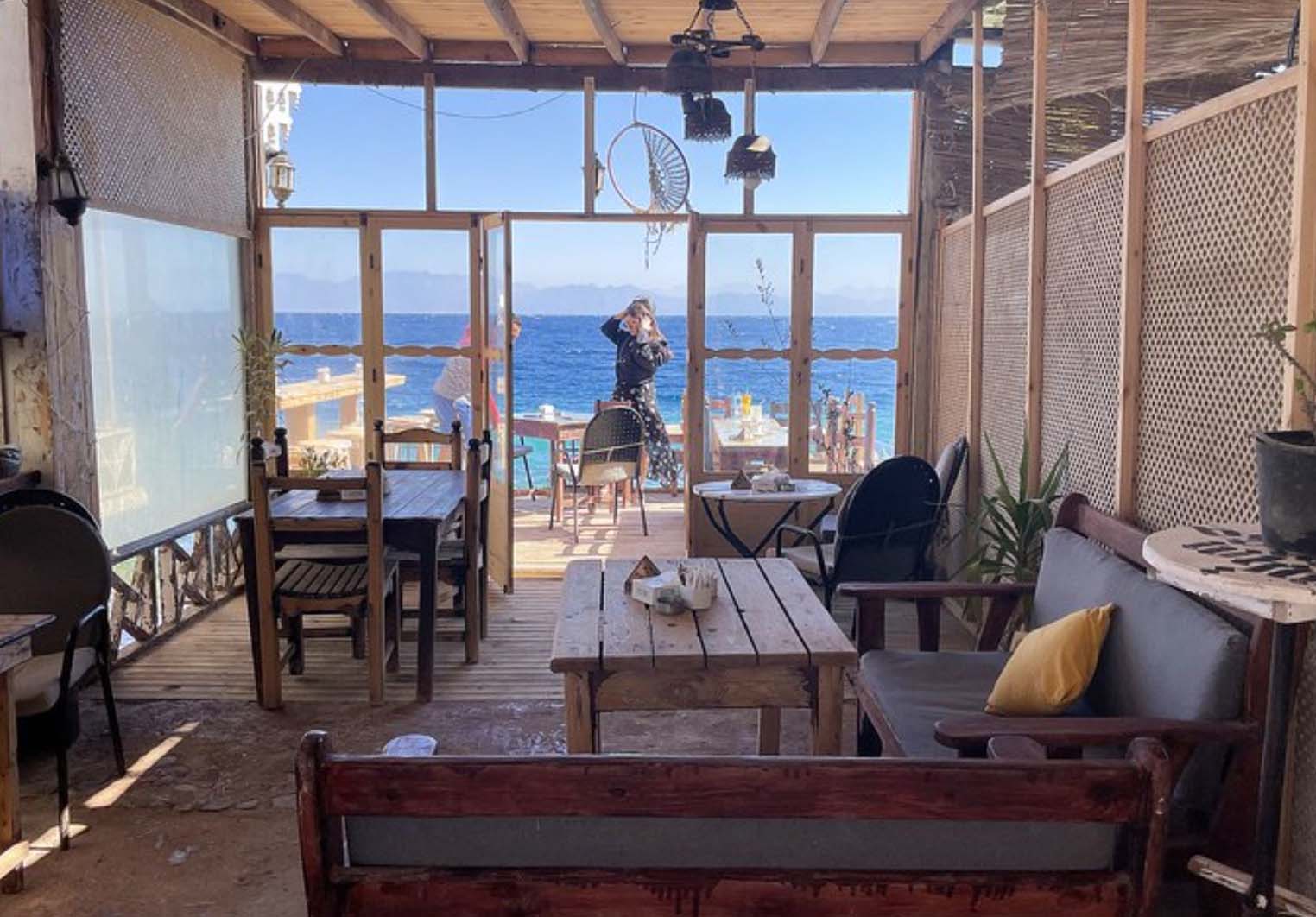Oslo, the capital of Norway, is a city that beautifully blends nature with urban life. As I embarked on my journey to this vibrant city, I was eager to explore its rich culture, stunning architecture, and breathtaking landscapes. In this blog post, I’ll share my experiences visiting six remarkable attractions in Oslo, complete with tips on how to get there, ticket prices, and my personal impressions.
1. The Vigeland Sculpture Park: A Unique Open-Air Museum
Located within Frogner Park, the Vigeland Sculpture Park is a must-visit for anyone traveling to Oslo. The park features over 200 sculptures created by Gustav Vigeland, showcasing the human form in various emotional states.
Getting There
I took the tram from my hotel in the city center to the Majorstuen station. From there, it’s a pleasant 15-minute walk through Frogner Park to reach the sculpture park. The park is well-signposted, and the scenic walk is filled with beautiful gardens and trees, which added to the experience.
Ticket Prices and Discounts
Entry to the park is completely free, which is a fantastic perk! It’s open year-round, allowing visitors to appreciate the sculptures in every season. However, if you wish to visit the Vigeland Museum located nearby, tickets are about 100 NOK (approximately $11).
My Experience
Walking through the park was a surreal experience. The sculptures depict a range of emotions, from joy to despair, and each piece tells a story. I found myself particularly drawn to “The Monolith,” a towering column of intertwined figures. Standing beneath it, I couldn’t help but feel the weight of humanity’s struggles and triumphs encapsulated in stone. The park is also an excellent spot for photography, and I spent a good hour capturing the beauty around me.
Recommendation
I highly recommend this park to anyone visiting Oslo. Whether you are an art lover or just looking for a place to relax, Vigeland Sculpture Park offers a unique experience that is both thought-provoking and visually stunning.
2. The Oslo Opera House: A Architectural Marvel
The Oslo Opera House is a masterpiece of modern architecture, designed to resemble a glacier rising from the fjord.

Getting There
It’s conveniently located near the city center, and I walked from my hotel, which took about 20 minutes. If you prefer public transport, the nearest tram stop is “Opera,” and several bus lines also service the area.
Ticket Prices and Discounts
While entry to the building is free, attending a performance can range from 100 NOK to 1,500 NOK (approximately $11 to $165), depending on the show and seating choice. I recommend checking their official website for discounts on certain performances.
My Experience
As I approached the Opera House, its sleek, angular design took my breath away. The rooftop is accessible to the public, and I climbed up to enjoy stunning panoramic views of the Oslo Fjord and the city skyline. The interior is just as impressive, with beautiful wooden finishes and high ceilings. I took a guided tour, which provided fascinating insights into the building’s design and the various performances held there.
Recommendation
The Oslo Opera House is not just a place to catch a show; it’s an experience in itself. Whether you’re an architecture enthusiast or a music lover, this iconic building should be on your itinerary.
3. Akershus Fortress: A Journey Back in Time
Akershus Fortress is a medieval castle that offers a glimpse into Oslo’s past and stunning views of the harbor.
Getting There
The fortress is located just a short walk from the city center, making it easy to reach. I walked from the National Theatre, enjoying the picturesque streets along the way.
Ticket Prices and Discounts
Entry to the fortress grounds is free, but guided tours cost around 100 NOK (approximately $11). The tours provide a deeper understanding of the fortress’s history, which I highly recommend.
My Experience
Walking through the fortress felt like stepping back in time. The stone walls and towers exude history, and I could imagine what life was like during medieval times. The views from the fortress are breathtaking, particularly of the Oslo Fjord. I took my time exploring the grounds, visiting the medieval halls and the museum that showcases the fortress’s rich history.
Recommendation
Akershus Fortress is a great place to learn about Norway’s history while enjoying stunning views. Don’t miss the guided tour; it adds context to the fascinating stories that the fortress holds.
4. Munch Museum: A Tribute to Edvard Munch
The Munch Museum is dedicated to the works of Edvard Munch, the famous Norwegian painter known for his iconic piece, “The Scream.”

Getting There
The museum is located in the city center, a quick tram ride from my hotel. I got off at “Munkedamsveien,” which is just a short walk to the museum.
Ticket Prices and Discounts
Entry to the museum is around 120 NOK (approximately $13), with discounts available for students and seniors. It’s advisable to book tickets online to avoid queues.
My Experience
As an art lover, visiting the Munch Museum was a highlight of my trip. The museum houses a vast collection of Munch’s works, and I spent hours immersed in his paintings. The emotional depth of his art is palpable, and I found myself particularly moved by “The Scream.” The museum’s layout allows for a flow through Munch’s evolution as an artist, and the staff were incredibly knowledgeable, enhancing the experience with their insights.
Recommendation
If you appreciate art, the Munch Museum is a must-visit. It’s not just about seeing paintings; it’s about experiencing Munch’s emotional world.
5. The Viking Ship Museum: A Glimpse into Norway’s Seafaring Past
The Viking Ship Museum is home to some of the best-preserved Viking ships in the world.
Getting There
Located on the Bygdøy Peninsula, I took a ferry from the city center, which was a scenic and enjoyable journey across the fjord. The ferry ride took about 15 minutes, and the views were lovely.
Ticket Prices and Discounts
Tickets are around 100 NOK (approximately $11), and I was able to book mine online for convenience.
My Experience
Stepping into the museum, I was immediately struck by the grandeur of the Viking ships. The craftsmanship was incredible, and I felt a deep connection to Norway’s seafaring history. The museum also includes artifacts that tell the stories of the Vikings’ lives, their beliefs, and their explorations. I particularly enjoyed the film about Viking culture that played in one of the exhibition halls, adding depth to my understanding.
Recommendation
For history buffs or anyone interested in Viking culture, this museum is a treasure trove. The combination of beautiful ships and engaging exhibits makes it a fascinating stop.
6. The Holmenkollen Ski Jump: An Icon of Norwegian Sports
The Holmenkollen Ski Jump is a famous ski jump with a rich history, offering breathtaking views of Oslo.

Getting There
I took the metro to “Holmenkollen” station, which is a short walk from the ski jump. The journey was straightforward, and the metro system in Oslo is efficient and easy to navigate.
Ticket Prices and Discounts
Tickets for the ski jump and museum are about 180 NOK (approximately $20), and they provide discounts for families and groups. I recommend purchasing tickets online to avoid queues.
My Experience
Standing at the top of the ski jump was exhilarating! The views of Oslo and the fjord from this height were simply stunning. I also visited the ski museum, which detailed the history of skiing in Norway. The exhibits were interactive and engaging, making it a fun experience. I even had the chance to try a ski simulator, which was a highlight for me!
Recommendation
The Holmenkollen Ski Jump is perfect for thrill-seekers and anyone looking to learn about Norway’s skiing legacy. The views alone make it worth the trip.
Oslo is a city rich in culture, history, and natural beauty. Each of these attractions offers a unique glimpse into what makes this city so special. Whether you’re an art lover, a history buff, or simply looking to explore, Oslo has something for everyone.




